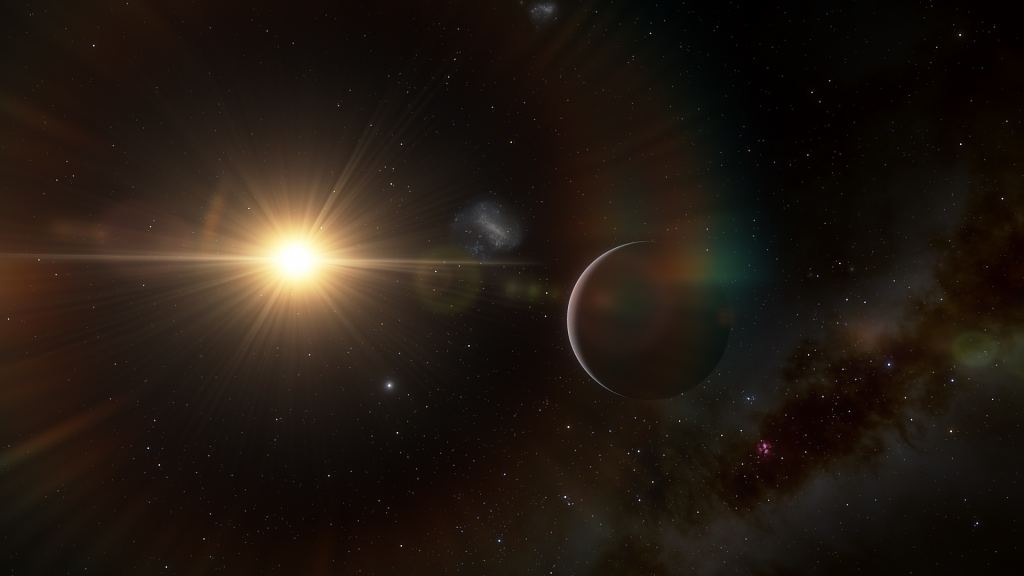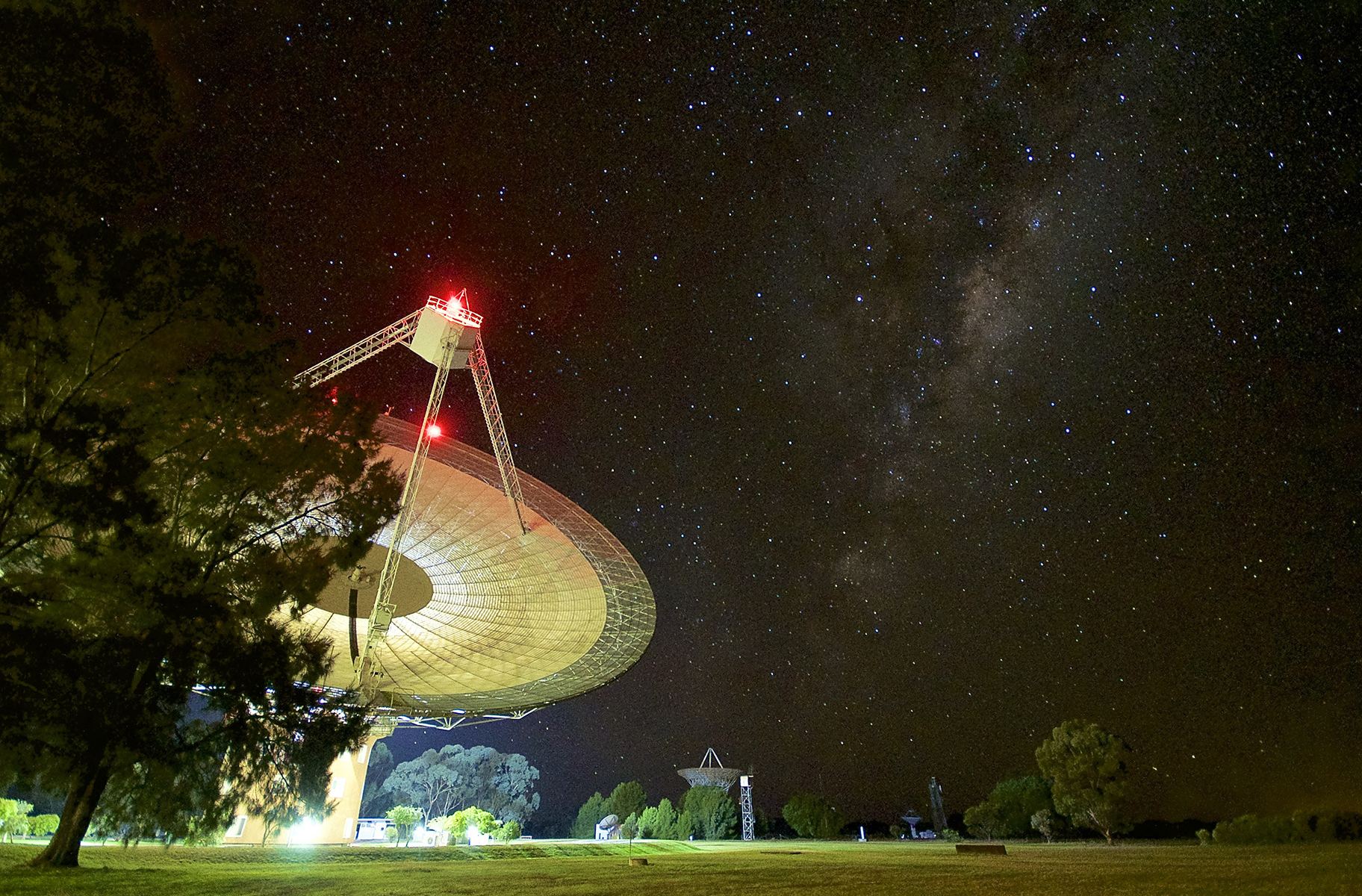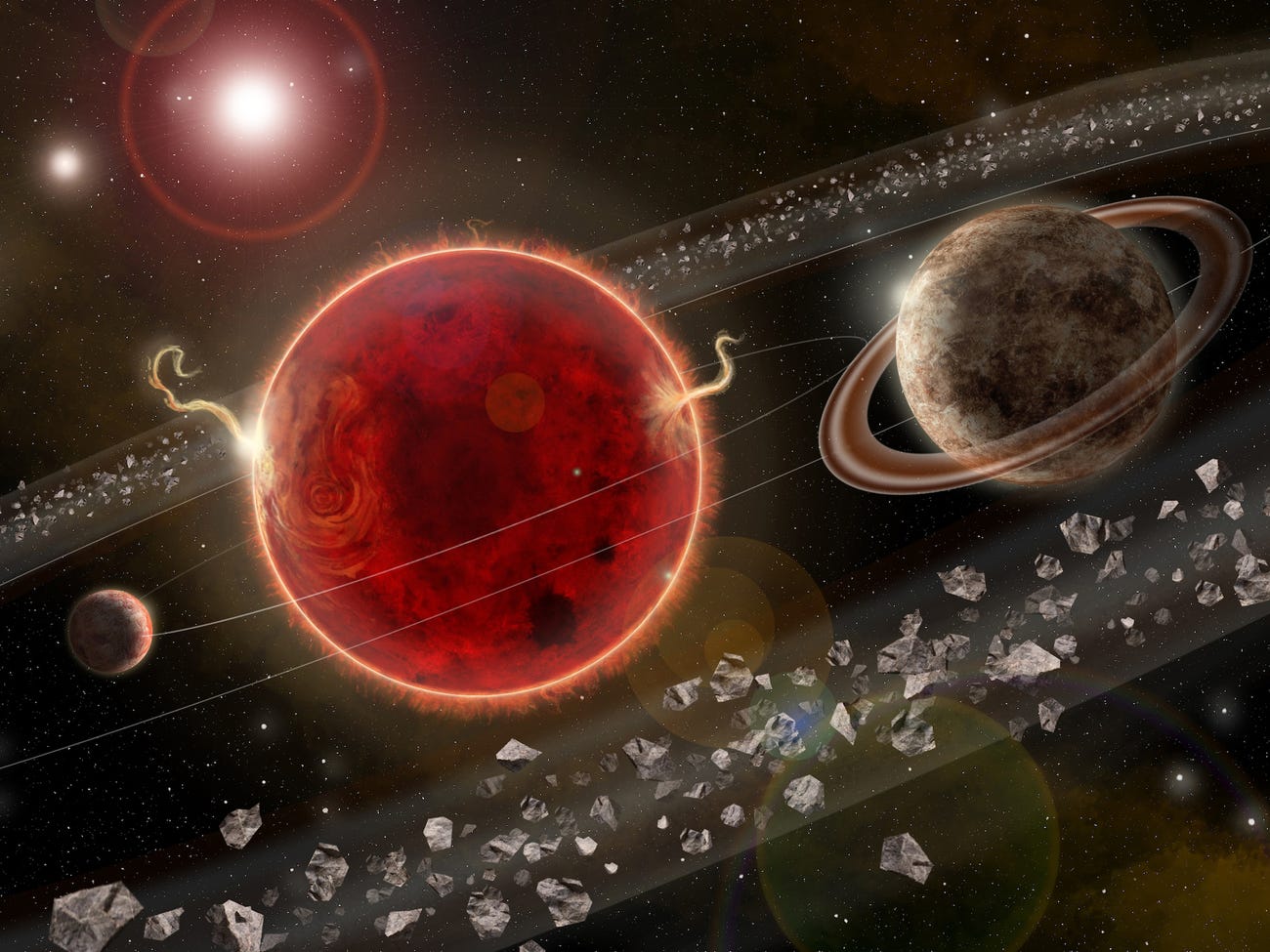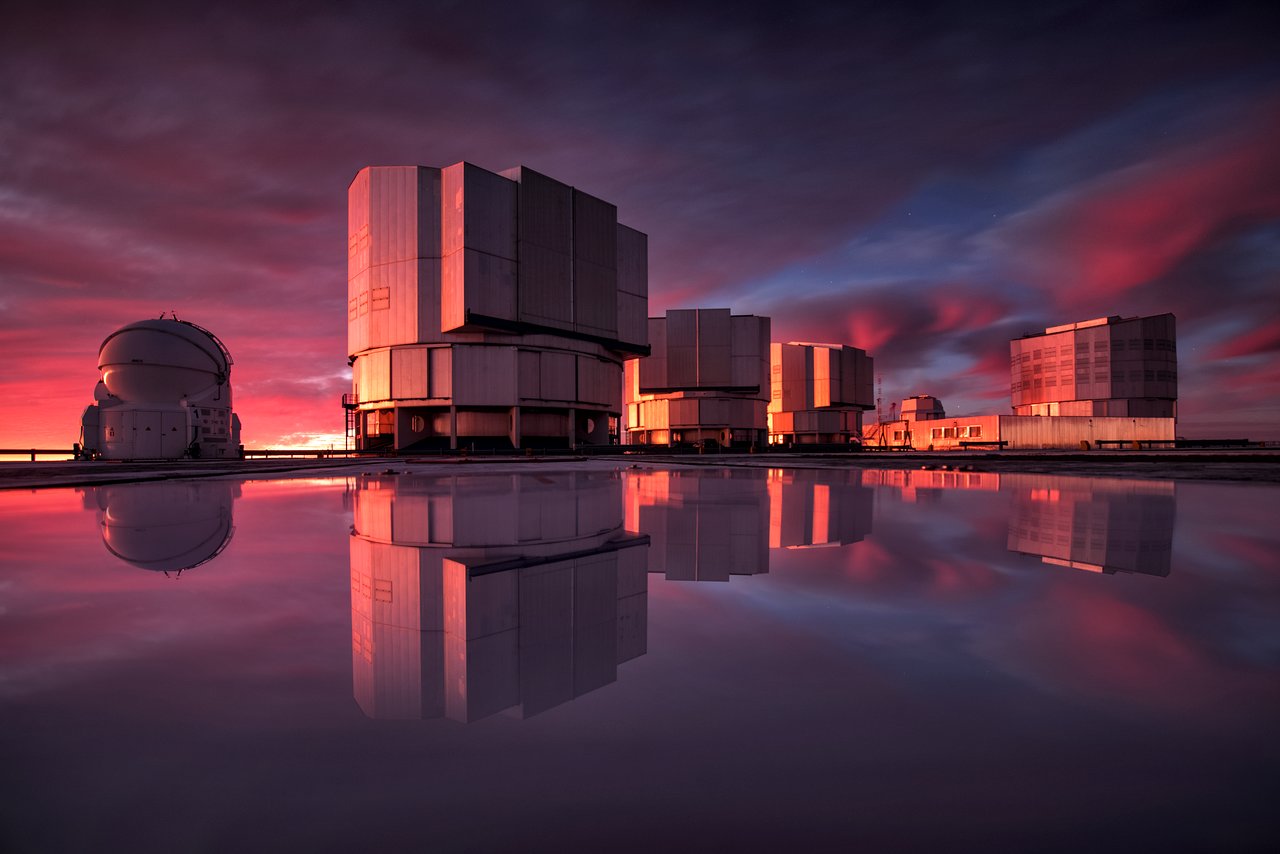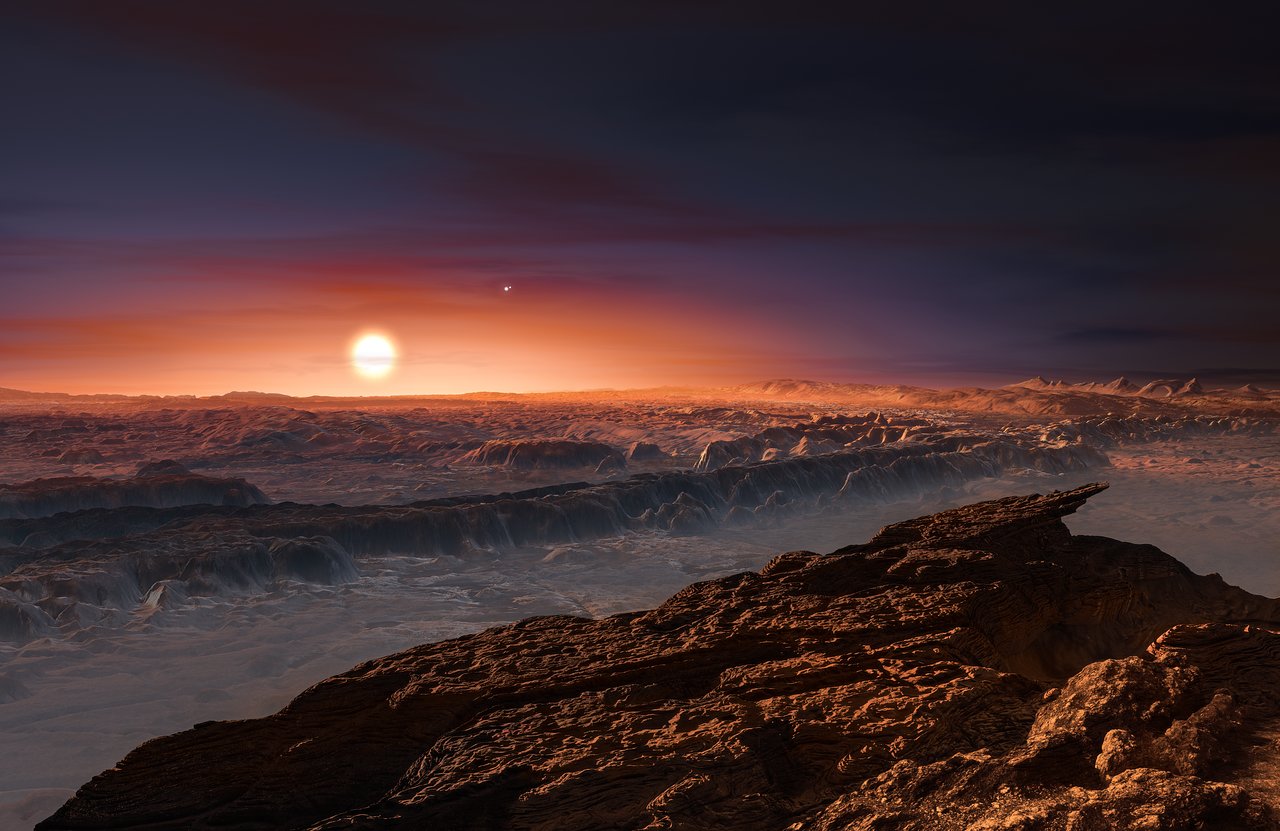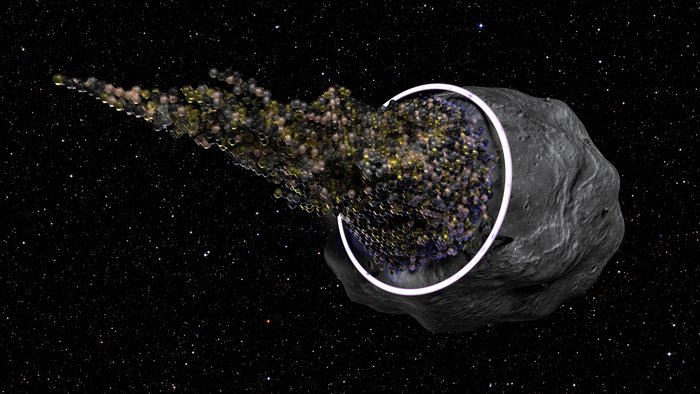There’s a powerful scene in the movie “Contact” (one of my favs) where lead character Ellie Arroway is sitting among an array of telescopes and hears the first alien signal – an ominous pulse – received by humanity. She races back to the control center where the array is pointed off target and then back to verify the signal. Contact is made. Shortly after, a message is found in the signal and we’ve confirmed the existence of alien life!
Ellie Arroway was inspired by a real-life pillar of the SETI community, Dr. Jill Tarter. I had the privilege of interviewing Jill Tarter last year and asked about that scene. She laughed saying “There’s not a lot of sitting around with headphones on. It’s not really that simple.” When it comes to analyzing signals from the stars for alien life, distinguishing a potential alien message from the noise of our own planet is quite complicated.
Excitingly, we’re watching that analysis play out right now as a signal which appears to originate from our closest neighbour star, Proxima Centauri, was recently detected by the Breakthrough Listen Project
